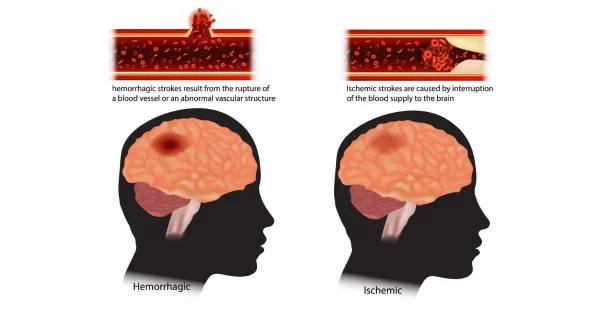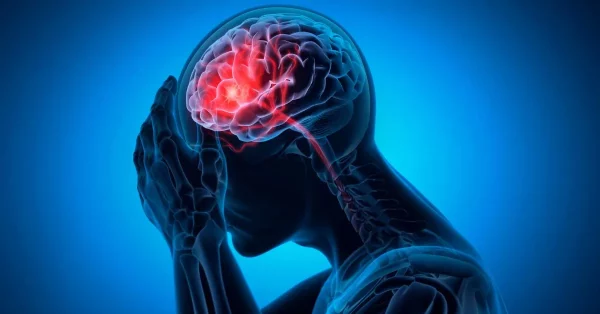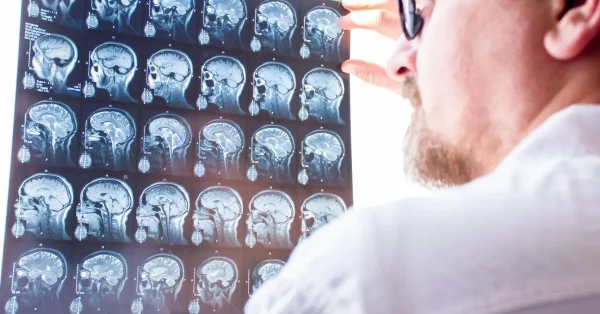
ACA Stroke: Symptoms, Causes, & Recovery from Damage to the Anterior Cerebral Artery
The anterior cerebral artery, called the ACA, is a vital source of blood flow within the brain. When an ACA stroke occurs, it interrupts blood

The anterior cerebral artery, called the ACA, is a vital source of blood flow within the brain. When an ACA stroke occurs, it interrupts blood

A stroke happens when blood flow to the brain gets interrupted—either from a blockage or bleeding—and it’s always a medical emergency. Without enough oxygen and

When it comes to strokes, most people are familiar with the term “ischemic stroke.” But within that category lie two distinct types: thrombotic stroke and

When it comes to brain health, aneurysms and strokes are serious medical conditions that often get confused due to their overlapping symptoms. Despite some similarities,

An ischemic stroke is a serious health issue that can happen suddenly. This type of stroke occurs when blood flow to the brain is blocked,

Cryptogenic stroke refers to a type of stroke where the cause is unknown. Unlike other strokes that have identifiable causes like high blood pressure or

A hemorrhagic stroke is a medical emergency caused by the rupture of a blood vessel in the brain, leading to bleeding in or around the

A mini stroke, also known as a transient ischemic attack (TIA), occurs when a temporary blood clot forms in one of the arteries of the

Basal ganglia stroke is a rare type of stroke that can lead to unique long-term effects. These effects can include movement impairments, emotional blunting, and

The carotid arteries, located on each side of your neck, are vital blood vessels responsible for carrying oxygen-rich blood to your brain. When a tear


Take the first step towards recovery.